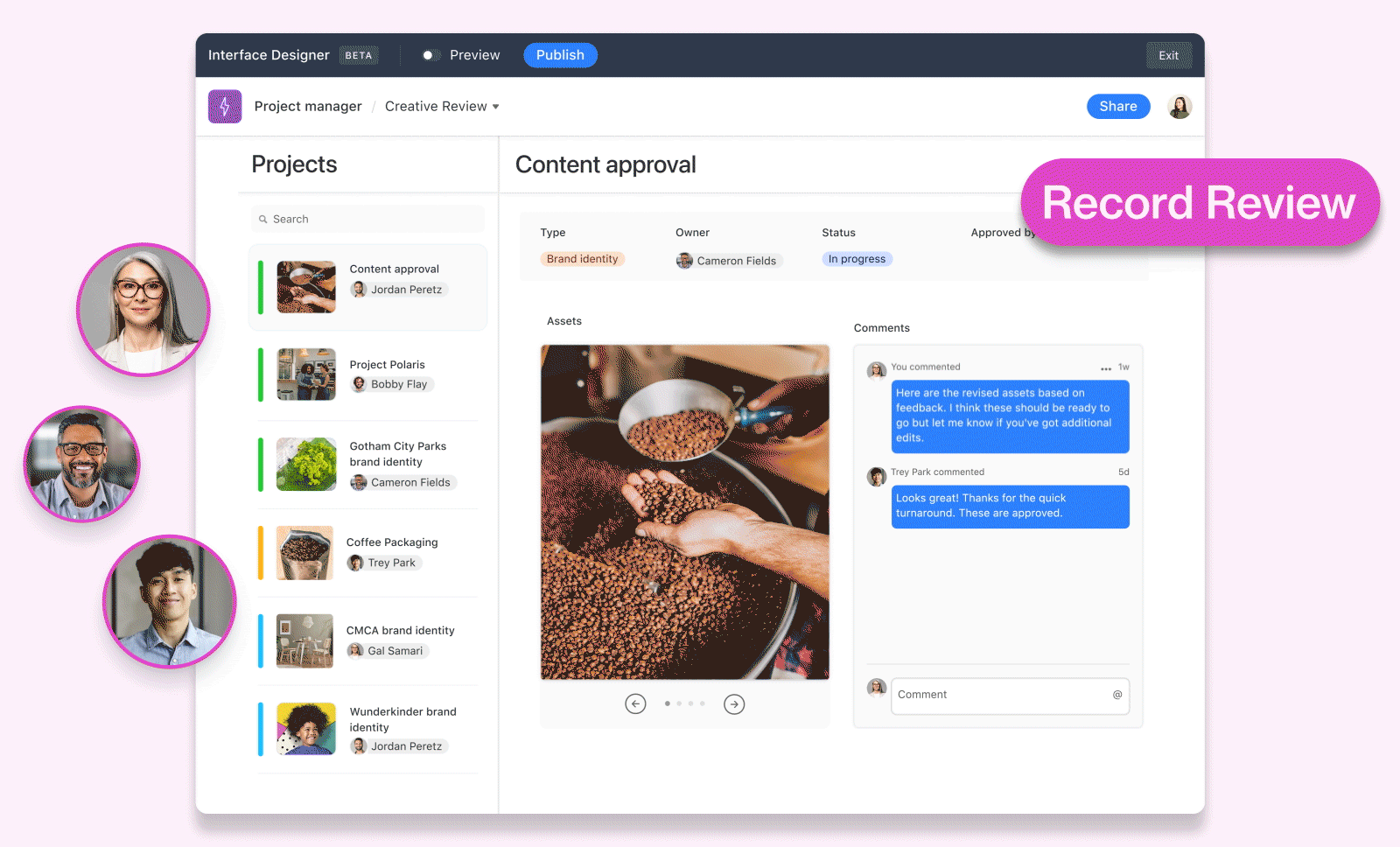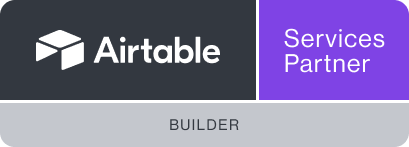Product Case study
SaaS products
Rapidly build a SaaS product business using Airtable
Phase 1
Prototype
Build and test your Airtable software to perfectly match your own businesses needs.
Use this phase to learn and gather feedback to validate moving to phase 2.

Phase 2
MVP product
Transition from Airtable interfaces to a low-code frontend
Now your SaaS product is moving; you'll need a brand name, domain and a marketing strategy.


Phase 3
Bespoke software
When you've captured a product market fit, it's time to build bespoke.
Moving to a traditional software stack means you have complete creative control over the product's user experience, and are free from record and automation run limits.
Why Airtable is an excellent choice for your SaaS product
Rapid software development cycles
When it comes to building out the backend database for cloud-based software, Airtable is unparalleled for pace.
You can immediately map out the early relationships between your data; configure key fields, add in some superpowered automations and build interfaces on top within a week.
Low cost of change
Your Airtable base is also very malleable early on. If you decide to add a lot more complexity to a feature, or re-architect something you have outgrown, it's a much more nible course to chart than when you are managing a bespoke software build.
Multiple customers, one Airtable base
By designing your database ensure that data ownership is clearly mapped in every table; Airtable makes it just as easy as any other digital product to dynamically filter data to show to the right users.
That means a single base and set of interfaces can be accesses by multiple customers, all with their own airlocked data.



Start planning your SaaS product

